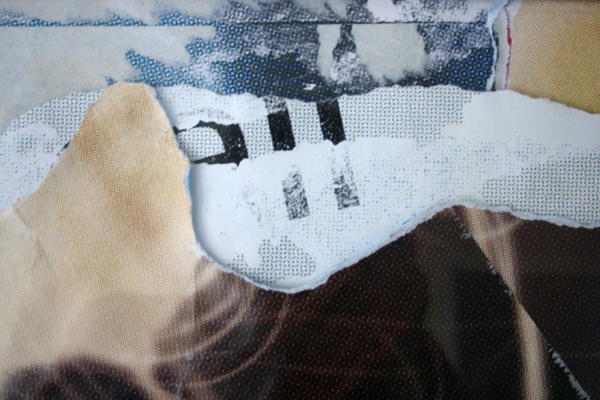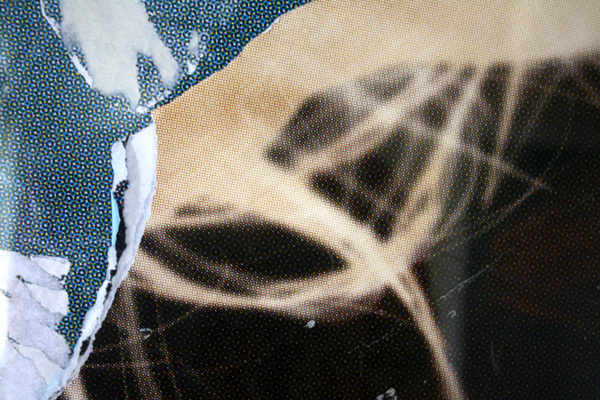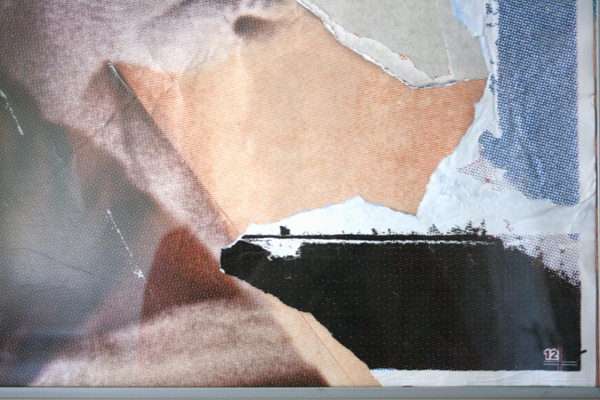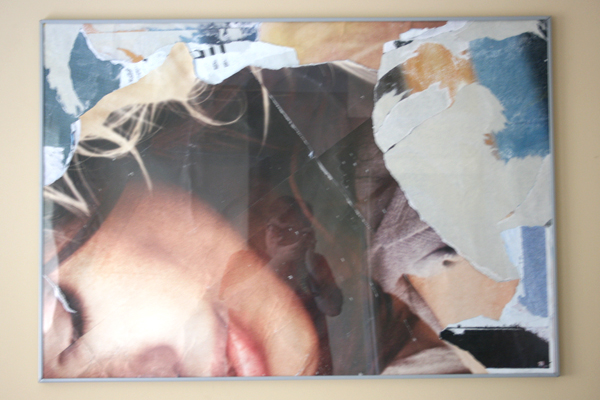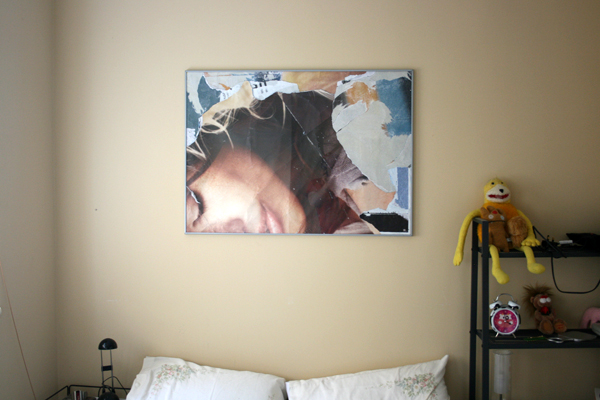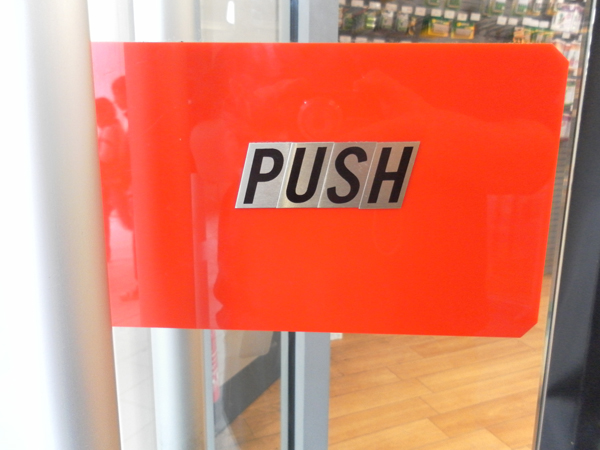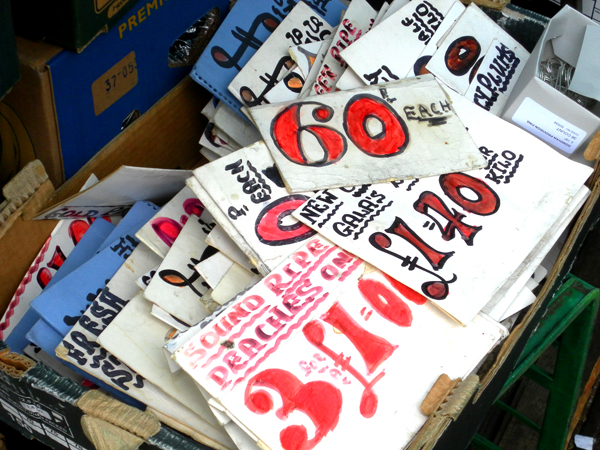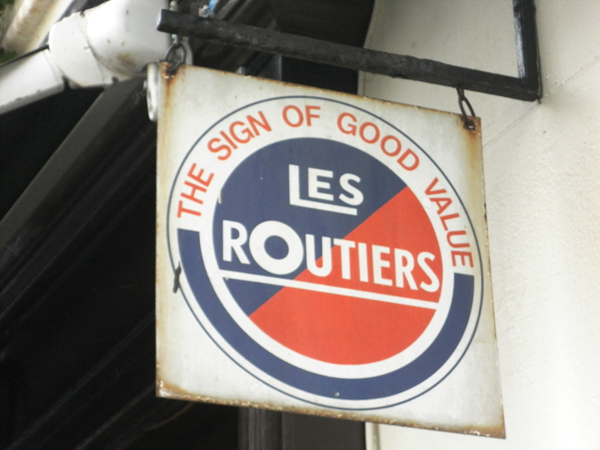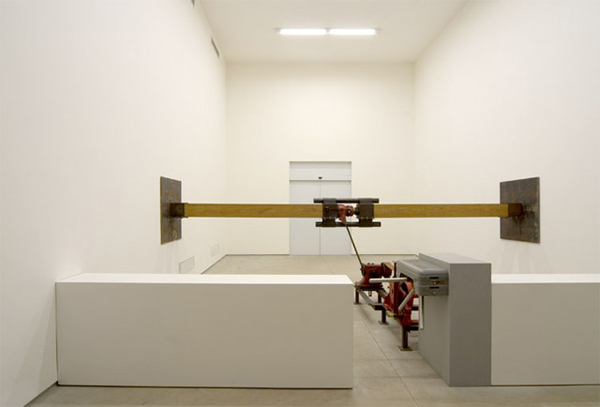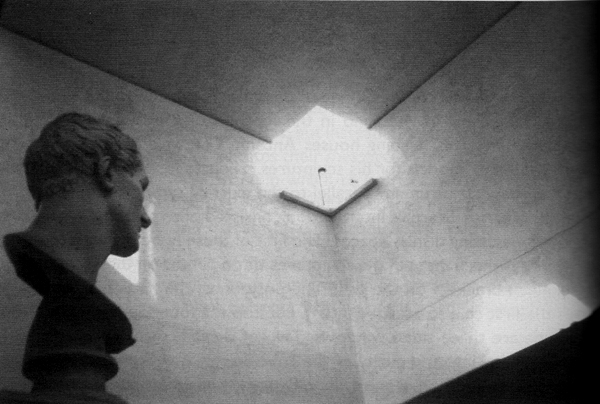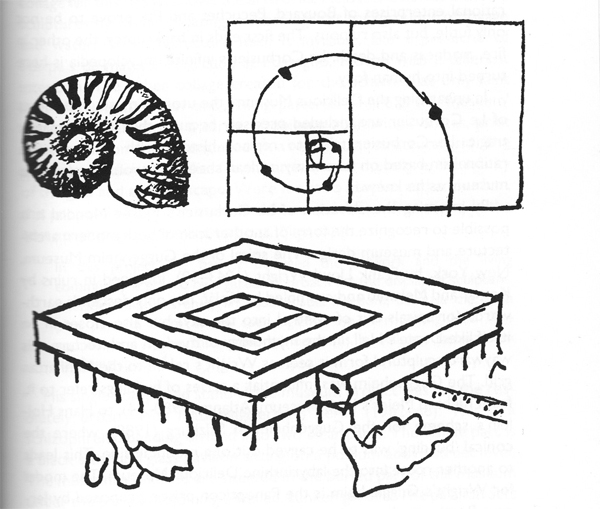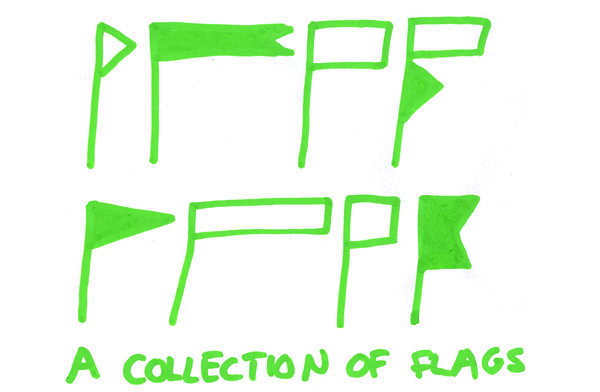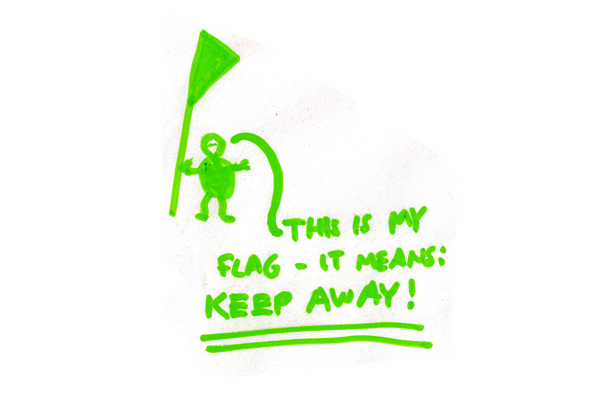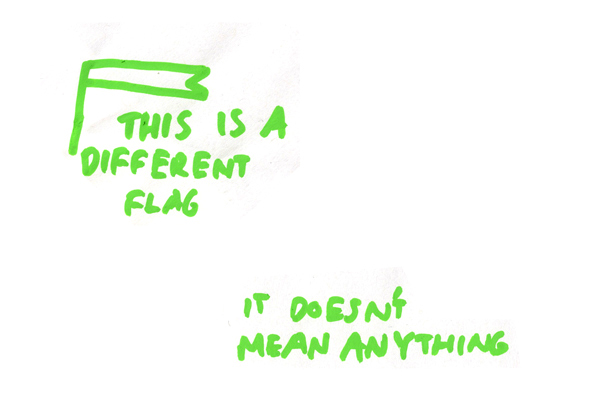The Museum of Everything #3

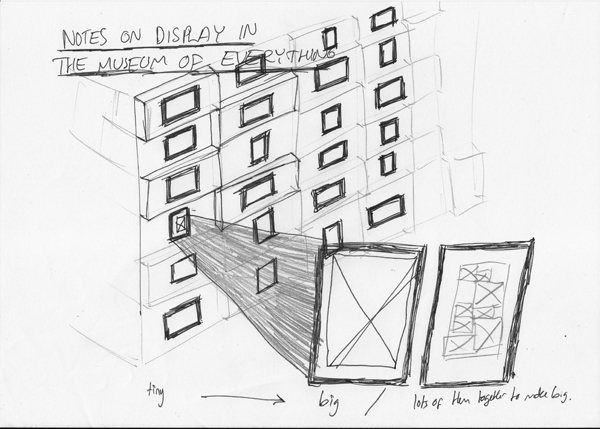 Me and my lovely girl popped over to the Museum of Everything over in Primrose Hill today. I had high hopes after last years first show which was brilliant (see old post here: post!).
The pictures above are a sticker you get on entry and a sketched version of, what for me was the most interesting hanging space in the whole show: a narrow corridor with breeze blocks hung with small frames holding small postcards. There were also large blow ups of some of the postcards (about a1 and bigger) which was a nice play on scale (a recurring theme), and also some large pieces made up of lots of small pieces (I know what I mean but maybe the picture will help if you don't).
Me and my lovely girl popped over to the Museum of Everything over in Primrose Hill today. I had high hopes after last years first show which was brilliant (see old post here: post!).
The pictures above are a sticker you get on entry and a sketched version of, what for me was the most interesting hanging space in the whole show: a narrow corridor with breeze blocks hung with small frames holding small postcards. There were also large blow ups of some of the postcards (about a1 and bigger) which was a nice play on scale (a recurring theme), and also some large pieces made up of lots of small pieces (I know what I mean but maybe the picture will help if you don't).
Firstly, as I say, I had high expectations and one of the things I didn't like as much as last time was the use of the space and the route they took you on through it. I have vivid memories of being guided through a minor labyrinth of small spaces and corridors to come to an opening which gave onto the top of a set of stairs and an enormous double or triple height space, the walls of which were covered in work- proper salon style. The amazing feeling of unexpectedness was really special to me, this time we were guided another way through the space (which had been reconfigured slightly anyway) and that moment of awe wasn't as poignant as it had been in the first show. Also the contrast of small rooms and corridors to large spaces wasn't as apparent as it had been.
Having said that the show still threw up the strange 'grotto' like environments which characterised the last show. Shells adorning an entire room reflected the obsessive nature of the collector and the room with the homemade miniature fairground which was animated 4 times an hour intoxicated as you waited for it to come to life and then left you with a childish giddyness 2 minutes later as it died.
The weird lighting made the badly placed plaques really hard to read but fortunately most gave little added information to the work. There were a few that felt right. One story about a screen that Sir Peter Blake had bought told how he'd purchased it rather than a roomful of stamps. The story left you not regretting that he hadn't bought them but you did want to see them, and I suppose it was more that you were intrigued by Peter Blakes' character rather than anything else- what decisions informed his choices and also wondering at the opportunities that were presented to him- who else is offered the chance to purchase a room full of stamps. Fantastic.
The light however did give some dramatic shadows which were really great but unfortunately couldn't be documented due to the 'No Photography' rule. This would have been fine but there was no affordable catalogue or any exhibition view postcards. (As you can tell I'm more interested in the display, feel and curation of this exhibition which often isn't documented in the 'gift shop' at the end. I don't like organisers and institutions to govern the visual 'memories' I take from a place.)
Now onto some of the work shown. Walter Potter was a taxidermist and he made dioramas of scenes cast with stuffed animals. The interesting thing about his work (other than the 'freak' 2 headed lamb and 3 legged sheep he taxidermied), was the use of scale it employed. In one scene a doll's house was used in place of a real house, makes sense. But then a normal cat cannot inhabit the same world as the scaled down house. In it's place a kitten is used, and puppies and baby mice and an assortment of infant creatures who themselves are strangely proportioned when compared to their adult forms. Then there is a cockerel- and here Potter used carefully selected and positioned feathers from an actual cockerel on a small former. Likewise a cow, even in infancy, is not the correct scale for this scene and so calf skin is stretched expertly over a cow shaped frame to produce the correct effect. This range of skills, techniques and real and 'fake' creatures leads to a crazy scene of miniaturisation and freakishness. I'm reminded of a quote from Calum Storrie ('From Soane to Soane' in Inventory Vol 2, No. 2, edited by Neil Cummings (1997).)
"Each railway station, car, gun and doll's house shows us our world made small. Of course by juxtaposing different scales of object this world is made absurd. So what at first, appears as a way of simply relating to the world (especially the world of made things) is actually a mad tableau which defies coherence."
I also really enjoyed how personal and intimate the whole Museum feels, the hand crafted feel reflects the outsider/folk art which it exhibits. Here I should give a nod to This Is Studio, who created the branding and graphics for the show- lovely stuff. Link: thisisstudio.co.uk. There is no getting away from the humanness of the show. The Museum is very accessible and welcoming. The curio/ freak show aspect of the work shown arouses the voyeuristic tendencies in us and, as the introductory panel encourages you- it's about the experience of it as much as anything else. Certainly as you enjoy a cup of tea afterwards you feel like the tip through the varied rooms, corridors, spaces and types of work was similar to an hour and half tour through the human mind.
The Museum of Everything runs until Christmas in Primrose Hill. Link here. Map here.
Notes on The Delirious Musuem
I recently read The Delirious Museum by architect and exhibition designer Calum Storrie. Here's some of my favourite bits. ----
Introduction pg 3: Robert Venuri:
"I am for messy vitality over obvious unity. I include the non-sequitur and proclaim the duality. I am for richness of meaning rather than clarity of meaning; for the implicit function as well as the explicit function. I prefer 'both-and' to 'either-or', black and white, and sometimes gray, to black or white."
----
pg 67: Samson by Chris Burden is a piece of art that pushes apart the gallery it's in as visitors enter through a turnstile.
----
pg 138: This is Gipsoteca Canoviana in Possagno, Italy. A building designed by Carlo Scarpa which houses the working plaster models for sculptures. The space is a very simple cube but has the corners removed and skylights/windows (Scarpa described them as 'fragments of sky') installed instead. I really like this deconstruction/dismantling of the gallery space.
----
pg 151: The Museum of Unlimited Growth was designed by Le Corbusier in 1939. It attempts to solve the problem of a museum building which has an expanding collection (as most museums do). Visitors are directed through a channel in one side and arrive in the centre of the spiral structure from where they can explore the galleries and rooms. The museum can be expanding by adding more spiral over time. I love the idea of a never ending museum- a continuing process. Or even better one which is both complete (it is a complete building) and in process at the same time (it can be added to when needed).
----
Paula Antonelli
 Paula Antonelli, senior curator at the MoMA has acquired the @ symbol for the permanent collection of the museum. That's pretty brilliant. I think what's more interesting is the kind of conversations she must have had with colleagues about it's inclusion- there was some opposition to it's acquisition. And what was discussed about what museums should and could acquire- what's the purpose of museums. And what effect does the acquisition have on the @ symbol in general- will people treat it with more reverence now it's been held on a pedestal? Interesting stuff. Click here to read Antonelli's blog about it over at MoMA.
Paula Antonelli, senior curator at the MoMA has acquired the @ symbol for the permanent collection of the museum. That's pretty brilliant. I think what's more interesting is the kind of conversations she must have had with colleagues about it's inclusion- there was some opposition to it's acquisition. And what was discussed about what museums should and could acquire- what's the purpose of museums. And what effect does the acquisition have on the @ symbol in general- will people treat it with more reverence now it's been held on a pedestal? Interesting stuff. Click here to read Antonelli's blog about it over at MoMA.
Nice Website
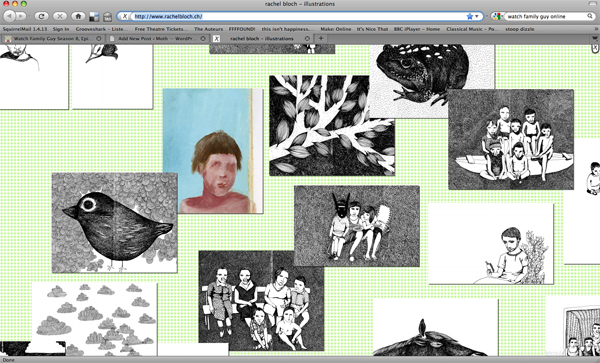 Lovely java (I think) based website from illustrator Rachel Bloch. It wouldn't suit for more project based designers as it's tricky to tell a clear story with this type of site but I think it's a great way for illustrators and probably photographers to show work. It lends the single items an objecty quality which I really like. I'm also a big fan of going to the extremities of the site and 'discovering' almost hidden items. Great Stuff. Link: here.
Lovely java (I think) based website from illustrator Rachel Bloch. It wouldn't suit for more project based designers as it's tricky to tell a clear story with this type of site but I think it's a great way for illustrators and probably photographers to show work. It lends the single items an objecty quality which I really like. I'm also a big fan of going to the extremities of the site and 'discovering' almost hidden items. Great Stuff. Link: here.
Flags (guess who got a Shrigley book in the secret santa...)
Jane Maxwell-Hyslop
These photographs were taken by Jane Maxwell-Hyslop. A friend of someone at work: she takes some beautiful photos of stuff I'm well into- i.e. Allotments and Trainspotters. Her 'Personal Logic' project is particularly great- reminds me a lot of my collectors project. I wish I was better at photos sometimes. I wish I could take as beautiful photographs as she does. ahhh well, for now I'm contented enough to look at Jane's work. Lovely.
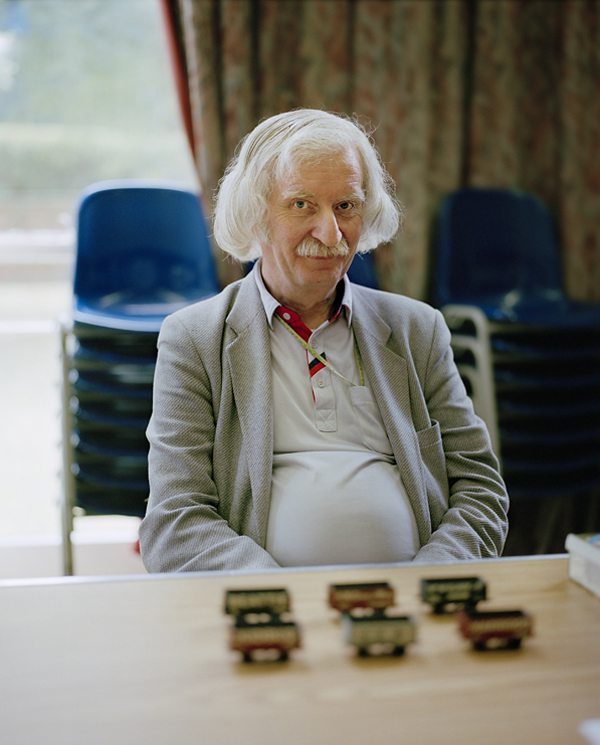
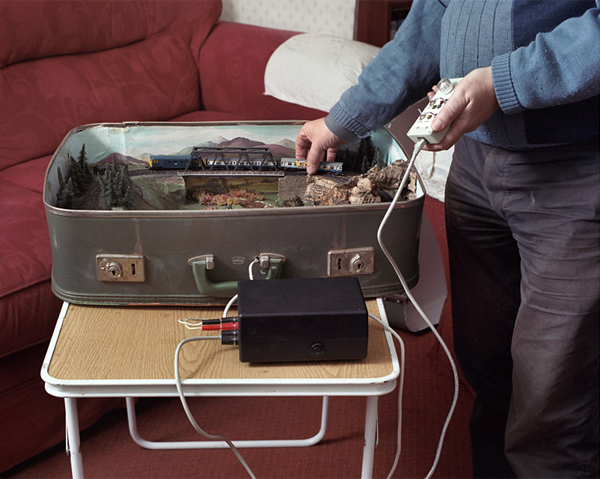
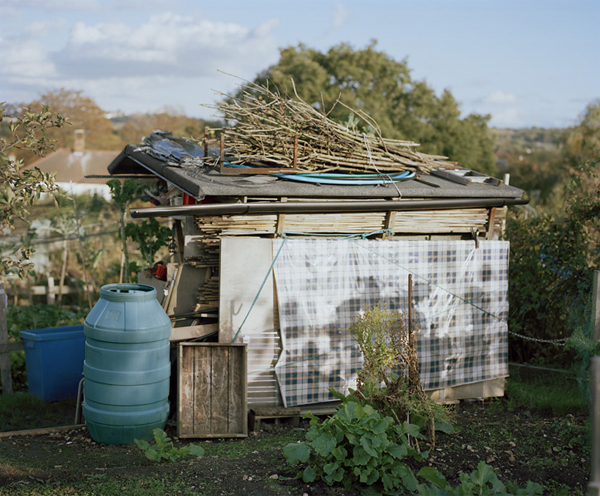
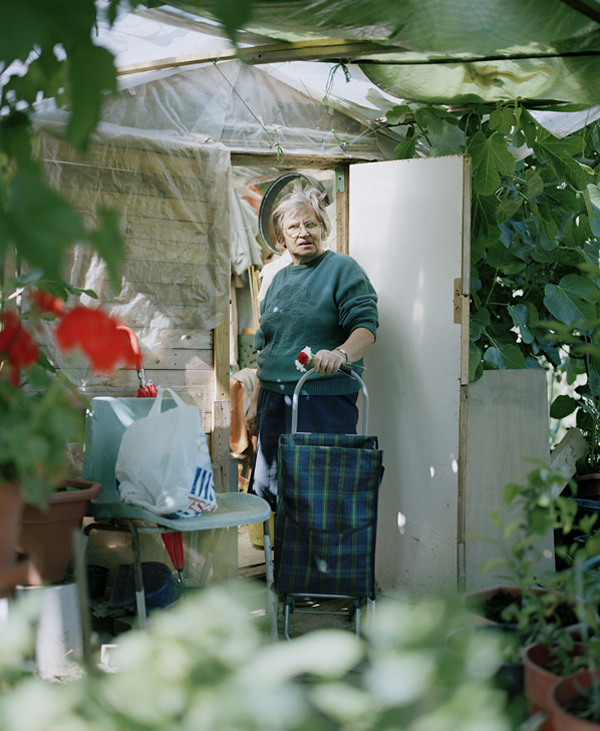
Billboard Poster
Hey remember that time I got super drunk and angry at a that billboard poster- it's now in a frame! Yay good times!
